2018 Toyota C-HR Review - Swing and a Miss

2018 Toyota C-HR XLE Premium
See that headline up there? I really wanted to write “swing and a foul ball,” but it just doesn’t “pop” as well. Because Toyota’s attempt at a quirky subcompact crossover isn’t fully a miss, but it’s not quite fully baked, either.
The C-HR is styled, um, controversially, and it’s positioned below the RAV4 in terms of size and price. It’s meant to duke it out in the growing subcompact crossover segment with the likes of the outgoing Nissan Juke, the incoming Nissan Kicks, the Ford EcoSport, the Hyundai Kona, the Jeep Renegade, and others.
I’d been derisive of the C-HR since first laying eyes on one, simply due to its looks. But that’s unfair – beauty is more than skin deep, and there are plenty of ugly cars that are fun to drive or have otherwise redeeming qualities.
The C-HR isn’t one, but it comes closer to being in that category than I would’ve expected at first glance.
Let’s start with the looks, because, well, who wouldn’t? The C-HR is styled aggressively and controversially. Some will like the chopped roofline and truncated rear end, but many I’ve spoken to don’t. I personally don’t hate the look, but it’s not exactly my cup of tea, either. It also promises performance that the car doesn’t deliver. I’ll get to that.
C-HRs are available with two-tone paint schemes, and the ones I’ve seen in traffic with monotone looks have been more pleasing to the eye. My white-over-blue tester was distinctive, I’ll give it that, but I was sometimes a little embarrassed to be seen in it.
I can deal with an unattractive vehicle if it performs well (hello, Civic Type R), and I had high hopes that the C-HR would a hoot to drive. Small, sorta short – maybe it wouldn’t be just another crossover.
Alas, I was wrong.
The biggest downer was steering that was too light and numb – unlike the well-weighted steering that made the RAV4 I drove just prior feel sportier than it had a right to be. Perhaps that’s the difference between electric power steering and electronically assisted rack and pinion power steering.
Lack of punch is an issue, too. Despite its diminutive stature and lack of all-wheel drive, the C-HR still tips the scale at 3,300 lbs. With the 2.0-liter four-cylinder making just 144 horsepower and 139 lb-ft of torque, you’re not gonna get blistering acceleration. There’s just enough power to give the illusion of spunkiness, but that’s about it.
That goes for the actual handling, too. Despite the vague steering, the suspension itself feels tuned for sport, but not quite as much as I’d expected. It’s as if Toyota couldn’t decide to make the C-HR into a fully sporty crossover or to keep it relaxed for commuting. There’s a distinct feeling that Toyota doesn’t know what it wants the C-HR to be.
I do wonder how different the C-HR would behave with a conventional automatic or an available manual instead of a CVT. I don’t always advocate for adding manuals in crossovers, but this vehicle could use one.
I did mostly dig the jazzed-up interior – the shifter looks cool and the gauge bezels give a bit of visual pizazz. The too-high infotainment screen detracts, though, and the floating HVAC controls look weird. As usual, the infotainment system remains outdated, but at least the controls are easy to use.
The rear seat is tight but not useless, although the high-mounted rear-door handles take some getting used to. Unsurprisingly, the chopped roof makes headroom a bit tight.
My test vehicle was a top-trim XLE Premium. In 2018, you could get it either an XLE or XLE Premium, but the deck has been shuffled for 2019, with LE and Limited bookending the XLE, and no more XLE Premium trim.
The relatively reasonable $26,133 sticker included dual-zone climate control, satellite radio, 18-inch wheels, Toyota’s SafetySense system (radar cruise control, pre-collision warning with pedestrian detection, lane-departure alert with steering assist and other safety features), 7-inch display screen, USB, Bluetooth, and leather-trimmed steering wheel among the standard features.
Options included the two-tone paint job, ($500), carpeted floor mats and cargo mats ($194), mudguards ($129), and the aforementioned premium package (fog lamps, push-button start, blind-spot monitor with rear cross-traffic alert, puddle lamps that display the logo, heated front seats, and power lumbar support for the driver’s seat). The Premium package is cooked into the price.
$26K isn’t bad for last year’s full-trim vehicle – although a few minutes on Toyota’s web site will prove that you can build out a 2019 C-HR Limited and push $30K – but price aside, the C-HR just feels like an incomplete package.
There’s things to like here – the design will appeal to some, and the interior isn’t as boring as many Toyota cabins are. There’s always a little bit of charm in quirkiness, and the 31 mpg highway number will also catch the eye of some buyers.
Still, the numb steering and lack of grunt will turn people off. Not to mention that the rear-seat sacrifices demanded by the styling means that those who have adult-sized rear-seat passengers on the regular might shop elsewhere.
I don’t bemoan the lack of available AWD – even though I live in the Snow Belt, I don’t feel it’s mandatory for dealing with foul weather – but many an American buyer will, thanks to the now-common belief that AWD is necessary when the white stuff flies.
Give the C-HR a bit more punch, a manual transmission option, and steering that doesn’t feel so light, and get back to me. Until then, this odd-looking baby ‘ute won’t be on my shopping list.
[Images © 2018 Tim Healey/TTAC]

Tim Healey grew up around the auto-parts business and has always had a love for cars — his parents joke his first word was “‘Vette”. Despite this, he wanted to pursue a career in sports writing but he ended up falling semi-accidentally into the automotive-journalism industry, first at Consumer Guide Automotive and later at Web2Carz.com. He also worked as an industry analyst at Mintel Group and freelanced for About.com, CarFax, Vehix.com, High Gear Media, Torque News, FutureCar.com, Cars.com, among others, and of course Vertical Scope sites such as AutoGuide.com, Off-Road.com, and HybridCars.com. He’s an urbanite and as such, doesn’t need a daily driver, but if he had one, it would be compact, sporty, and have a manual transmission.
More by Tim Healey
Latest Car Reviews
Read moreLatest Product Reviews
Read moreRecent Comments
- Turbo Is Black Magic My wife had one of these back in 06, did a ton of work to it… supercharger, full exhaust, full suspension.. it was a blast to drive even though it was still hilariously slow. Great for drive in nights, open the hatch fold the seats flat and just relax.Also this thing is a great example of how far we have come in crash safety even since just 2005… go look at these old crash tests now and I cringe at what a modern electric tank would do to this thing.
- MaintenanceCosts Whenever the topic of the xB comes up…Me: "The style is fun. The combination of the box shape and the aggressive detailing is very JDM."Wife: "Those are ghetto."Me: "They're smaller than a Corolla outside and have the space of a RAV4 inside."Wife: "Those are ghetto."Me: "They're kind of fun to drive with a stick."Wife: "Those are ghetto."It's one of a few cars (including its fellow box, the Ford Flex) on which we will just never see eye to eye.
- Oberkanone The alternative is a more expensive SUV. Yes, it will be missed.
- Ajla I did like this one.
- Zerofoo No, I won't miss this Chevrolet Malibu. It's a completely forgettable car. Who in their right mind would choose this over a V8 powered charger at the rental counter? Even the V6 charger is a far better drive.





















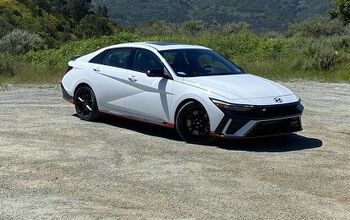
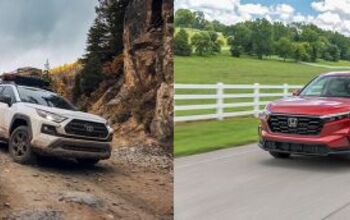
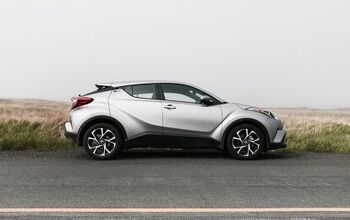
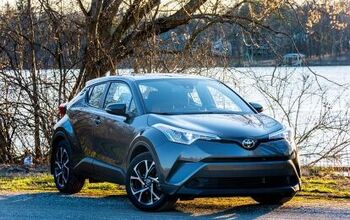
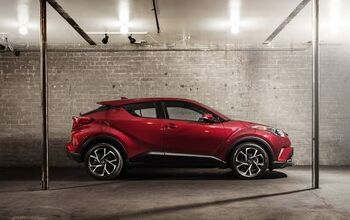
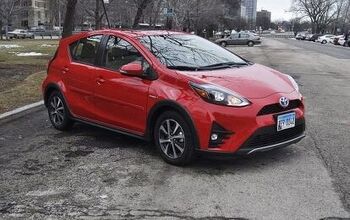
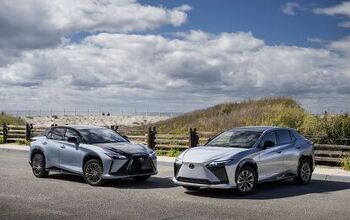
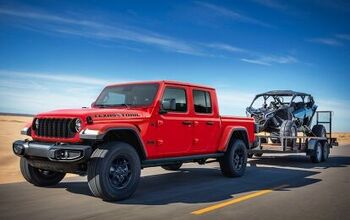
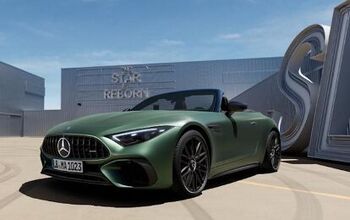

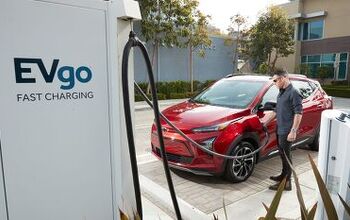
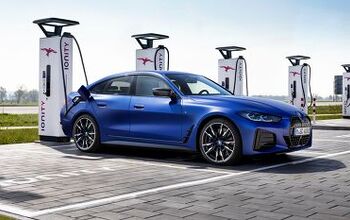
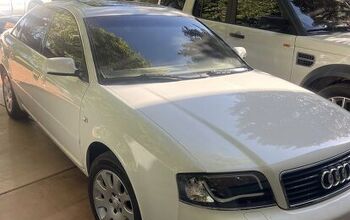


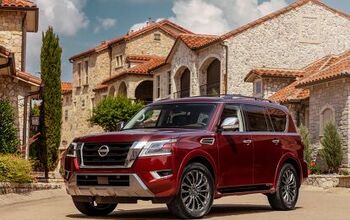

Comments
Join the conversation
This looks like a Hyundai Veloster in drag, pretending to be an "SUV" with the ridiculous, exaggerated body-length fender flares. Target demographic - young girls, or retirees? First one I saw was driven by an old guy. I guess it's better-looking than the EcoSport, maybe. The Soul is also extreme-Dorky, although roomy and cheap. Kicks, HR-V, and Kona look better than these goofy-ugly-ducklings.
Long time lurker, had to make an account to comment on this. I drive a 2008 Ford Fiesta Econetic diesel. It has a similar 0-60 time as the CH-R, but also comes with the added benefit of being a manual and also delivering fuel economy that's twice as better (60+ MPG). I absolutely cannot fathom what reason people have for buying this besides Toyota badge